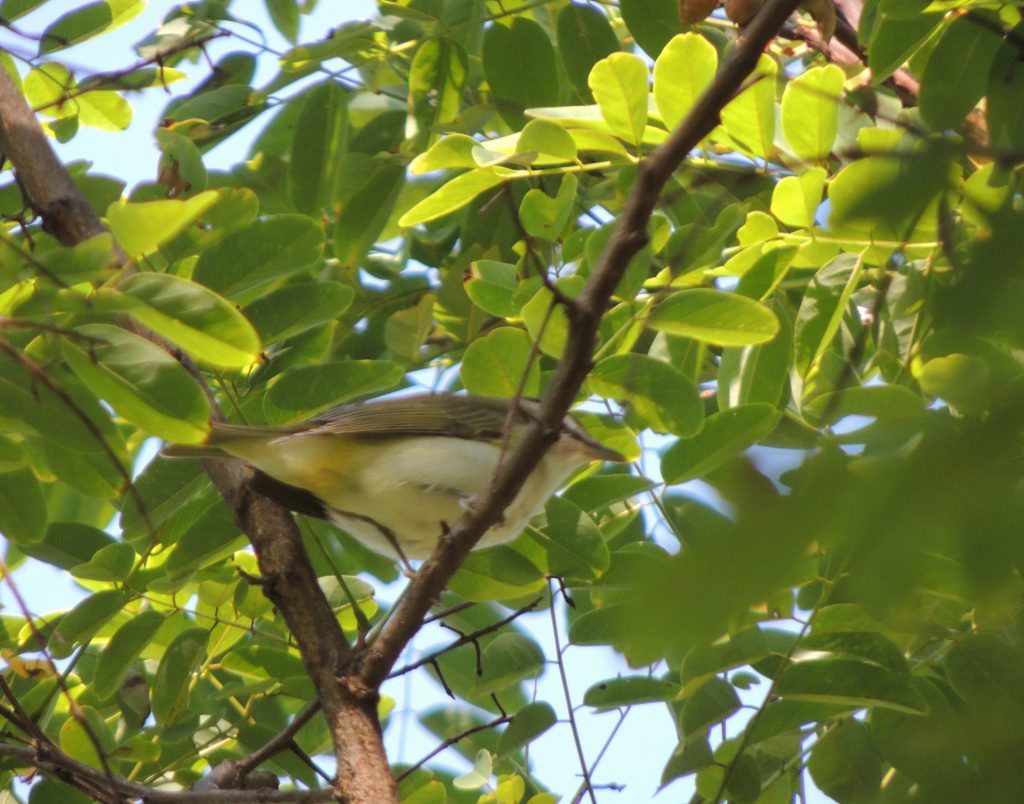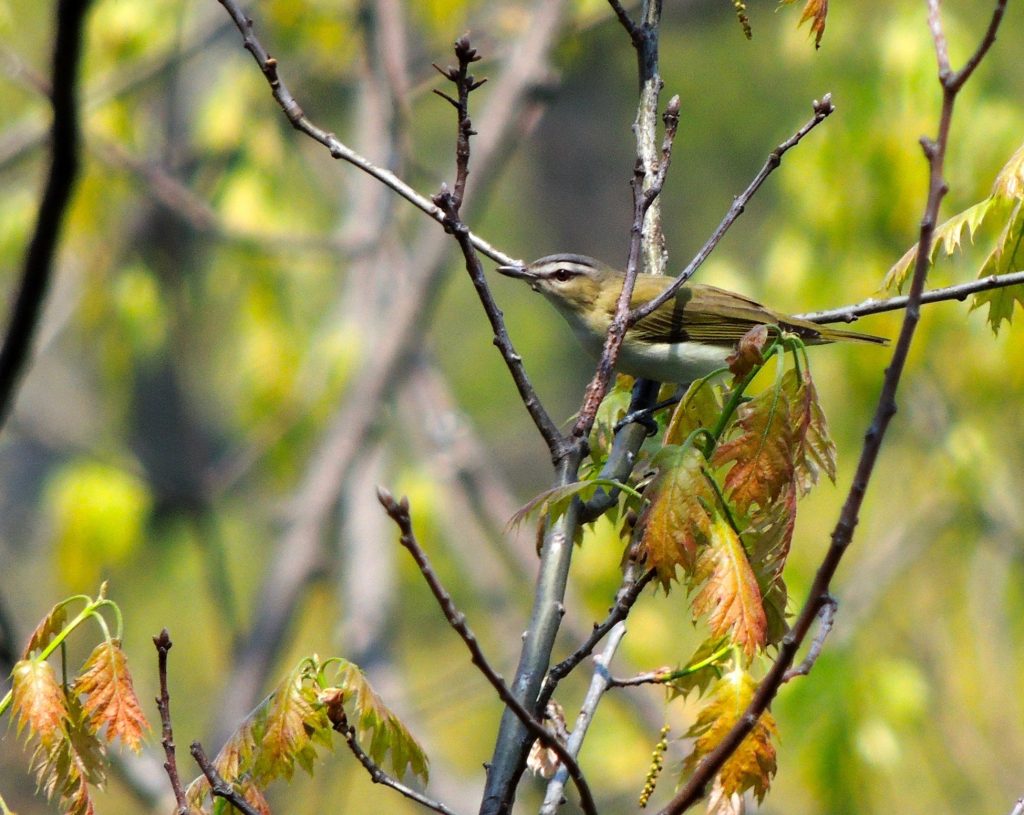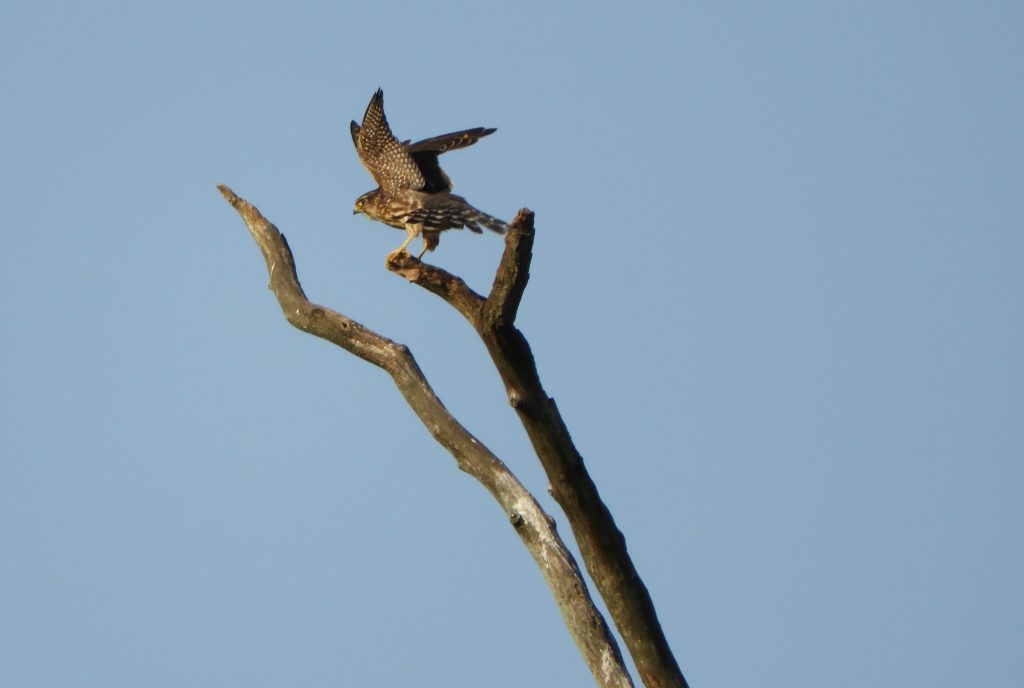September 24 2019. Hendrie Valley, Burlington, ON. We are awash in discouraging if not downright bad news: rainforests on fire, three billion birds fewer birds in North America and world leaders mired and tripping in their own half-truths and entanglements. This is not a forum for exploring the political ills of the world, but it was against the backdrop of bad news on the climate and wildlife front that we laboured through September wondering where all the birds had gone. The much-anticipated autumnal flow of southbound migrants just seemed to not be happening.
Today it all changed, a slight drop in temperature and a wind out of the northwest stirred things up a lot. With two skilled companions we completed one of our regular transect routes and enjoyed one of the best days birding in several months. I would bore you if I recounted anything approaching a full list of the day, but real highlights were ten species of warbler, those little colourful mites of spring that make birders drop everything: four American Redstarts, five Black–throated Green Warblers, nine Magnolia Warblers and ones and twos of Bay–breasted, Black and White, Cape May, Chestnut–sided and Nashville Warblers, and Common Yellowthroat – there that’s nine, one more to come.

I was so consumed trying to get a decent photo of this lingering Red–eyed Vireo that I completely ignored a Northern Parula (the tenth warbler) which was being enjoyed by the others.

Birds of prey were in the air: a group of distant Broad–winged Hawks, a couple of Sharp–shinned and Red–tailed Hawks and, Birds of the Day, two falcons, a Merlin and a Peregrine Falcon perched a respectful distance apart in a bare branched tree. Both are worth dropping everything to watch, Merlins because they make flying look easy, (Peregrines too, come to think of it) and Peregrine Falcons because they personify the formidable hunter, Pete Dunne calls them the Crossbow in the Sky.

The transect took over four hours to complete, we should have been tired but 54 species, a sky full of perfect cumulus clouds and head-turning bird-life made it easy work. Imagine if you could get paid for it.